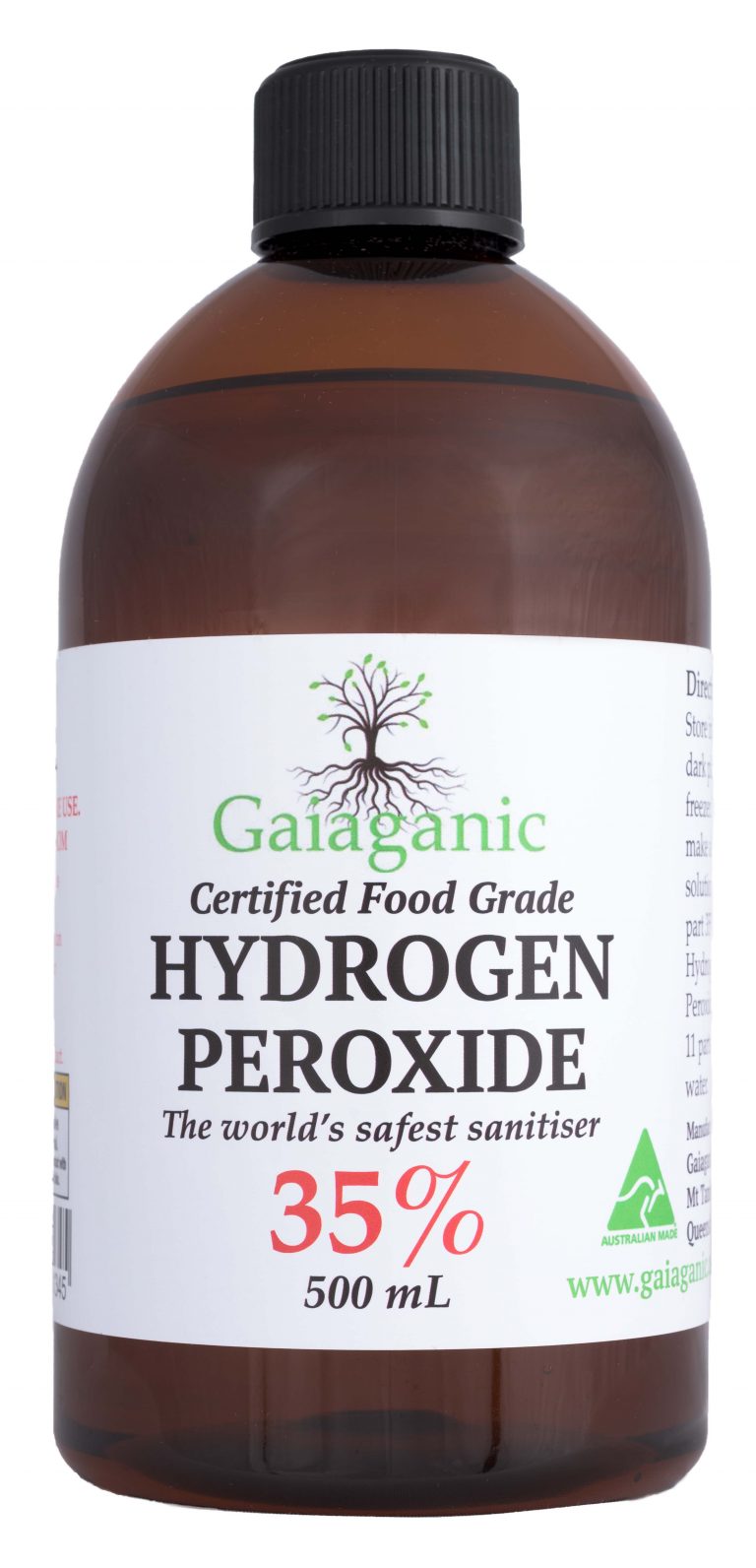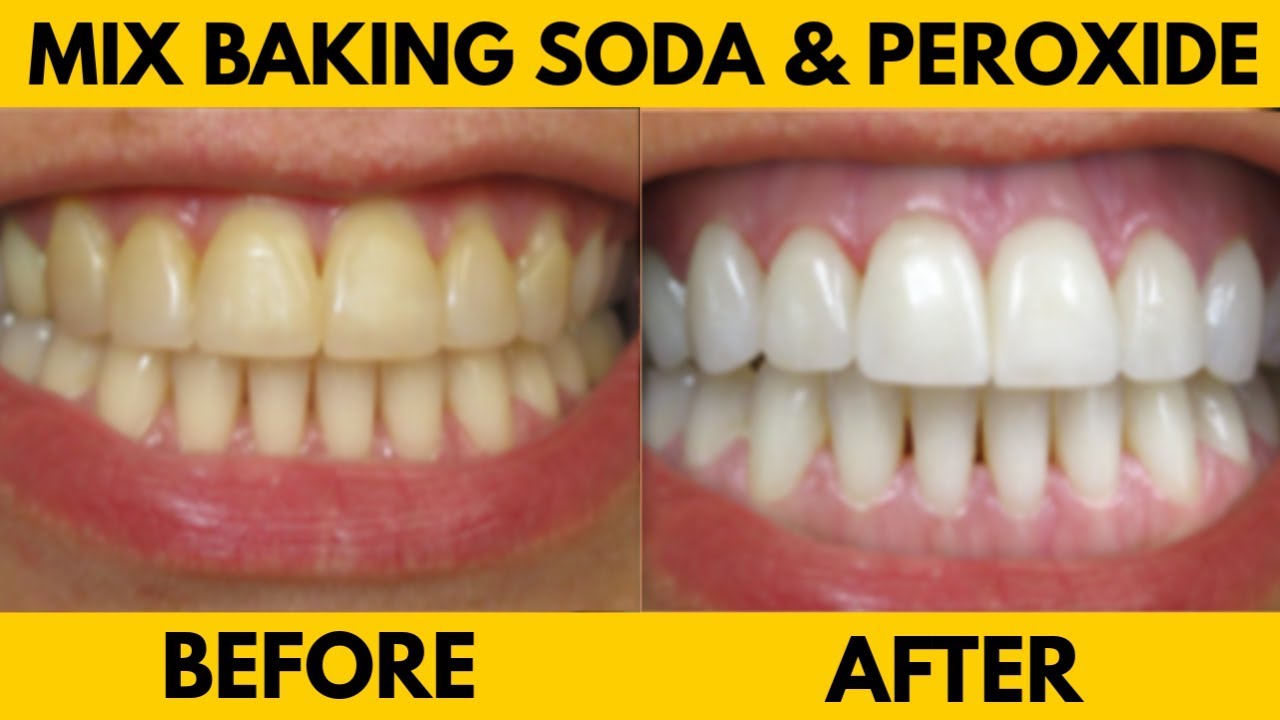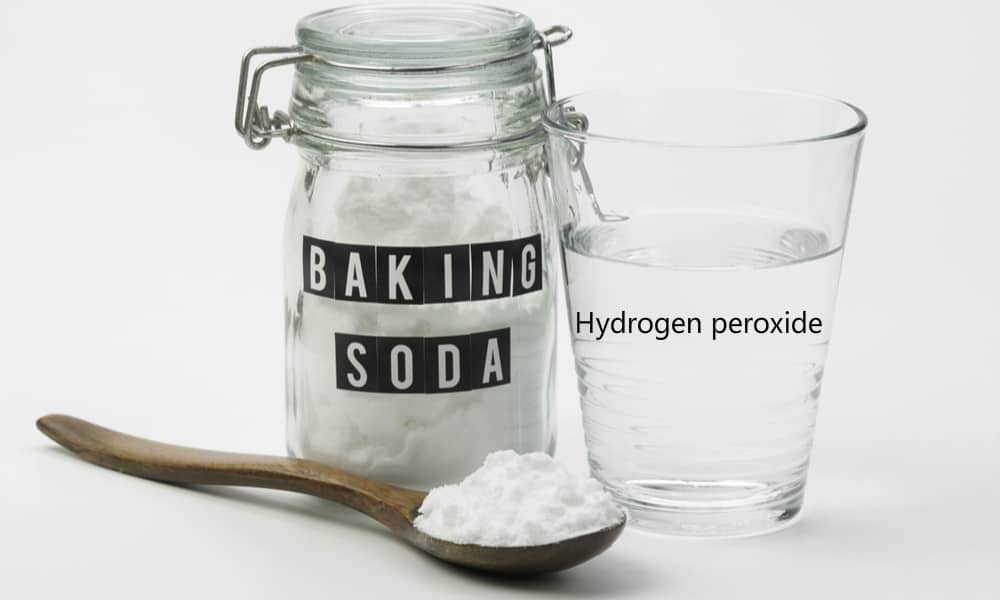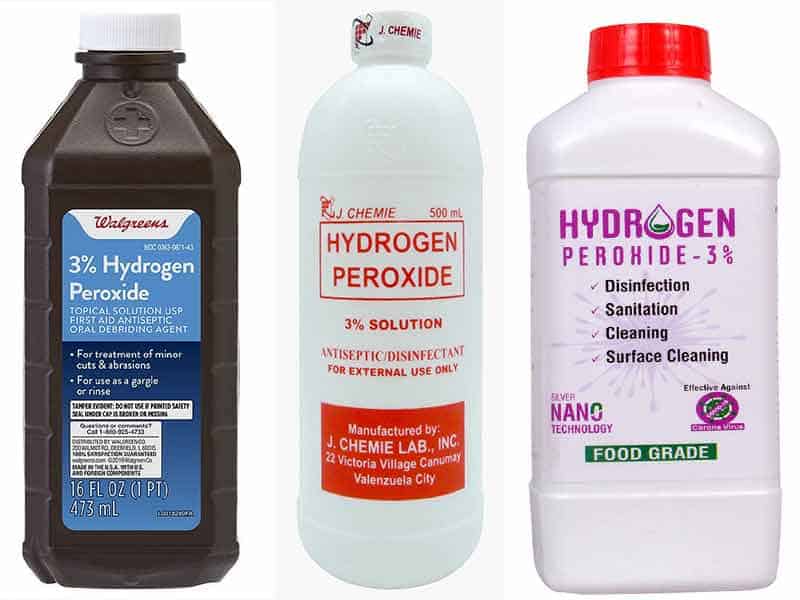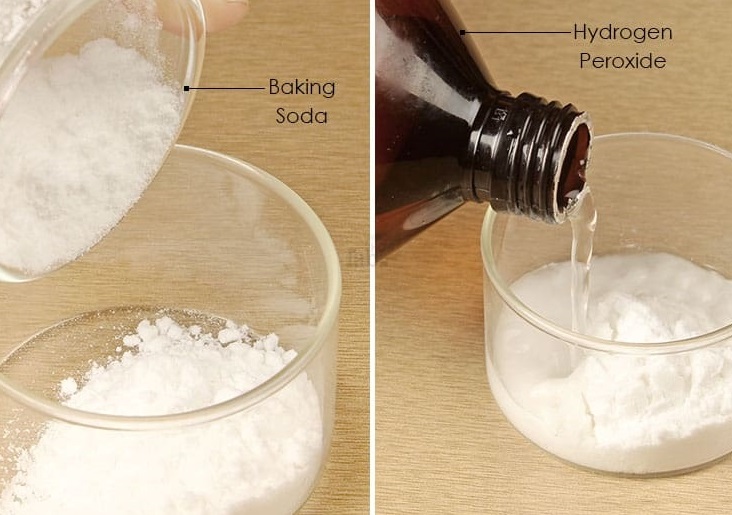If you're looking for a natural and effective way to unclog your kitchen sink, look no further than your pantry. Baking soda and vinegar are not only great for baking and cooking, but they also make a powerful combination for unclogging drains. To use this method, start by pouring half a cup of baking soda down the drain. Then, follow it with half a cup of vinegar. The mixture will start to fizz and bubble, which is a sign that it's working. Let the mixture sit for about 15 minutes before pouring boiling water down the drain to flush out any remaining debris. This method is not only effective, but it's also safe for your pipes and the environment. Plus, the combination of baking soda and vinegar can help eliminate any unpleasant odors coming from your sink.1. Baking Soda and Vinegar
Sometimes, a simple solution is all you need to unclog your kitchen sink. Boiling water can be a quick and easy way to clear out any buildup in your drain. To use this method, bring a pot of water to a boil and carefully pour it down the drain. The hot water will help dissolve any grease or soap scum that may be causing the clog. Repeat this process a few times if necessary. Keep in mind that this method may not be effective for severe clogs, but it's a great first step in trying to clear your drain.2. Boiling Water
If you have a sink with a garbage disposal, this method can help keep it clean and free of clogs. Salt and hot water work together to break down any buildup in your disposal and pipes. To use this method, pour a half cup of salt down the drain. Then, turn on the hot water and let it run for a minute or two. The combination of salt and hot water will help loosen any debris and flush it out of your pipes. Repeat this process once a week to prevent future clogs and keep your disposal running smoothly.3. Salt and Hot Water
A plunger is a classic tool for unclogging drains, and it can work wonders on your kitchen sink. It creates suction that can dislodge any debris stuck in your pipes. To use a plunger, make sure you have enough water in your sink to cover the rubber end. Then, place the plunger over the drain and push down and pull up quickly. Be careful not to splash any water out of the sink. Repeat this process a few times until the water starts to drain. If the clog doesn't budge, try using a plunger specifically designed for sinks with a flat bottom.4. Plunger
Another easy and effective way to unclog your kitchen sink is by using dish soap and hot water. Dish soap is designed to break down grease and oil, making it perfect for clearing out clogs. To use this method, squirt a generous amount of dish soap down the drain. Then, pour a pot of hot water down the drain, and let it sit for a few minutes. The hot water will help melt any grease or oil, and the soap will help wash it away. Repeat this process a few times if necessary, and your sink should be unclogged in no time.5. Dish Soap and Hot Water
If you don't have a plunger on hand, a wire hanger can be a useful tool for unclogging your kitchen sink. Straighten out the hanger and create a small hook at one end. Carefully insert the hooked end down the drain and start fishing out any debris that may be causing the clog. Once you've removed as much debris as you can, run hot water down the drain to flush out any remaining bits. Repeat this process a few times if necessary.6. Wire Hanger
If you have a wet and dry vacuum, you can use it to unclog your kitchen sink. First, create a tight seal around the drain with a plunger or cloth. Then, set the vacuum to the liquid setting and place it over the drain. Turn it on and let it suck out any debris causing the clog. Be sure to empty the vacuum after each use, and repeat the process if necessary.7. Wet and Dry Vacuum
If you have a stubborn clog, caustic soda may be the solution you need. Caustic soda, also known as sodium hydroxide, is a powerful drain cleaner that can dissolve most organic materials. To use this method, put on protective gloves and eyewear, and follow the instructions on the packaging carefully. Typically, you'll need to mix the caustic soda with water and pour it down the drain. Let it sit for about 20 minutes before flushing it out with hot water. Be cautious when using caustic soda, as it can cause burns and should not be used in conjunction with other drain cleaners.8. Caustic Soda
If you prefer using natural and biodegradable products, an enzyme drain cleaner may be the best option for you. Enzyme cleaners use bacteria and enzymes to break down organic materials, making them safe for your pipes and the environment. To use this method, follow the instructions on the packaging carefully. Typically, you'll need to pour the cleaner down the drain and let it sit for a few hours or overnight. Then, flush it out with hot water. Keep in mind that this method may take longer to work than other chemical cleaners, but it's a safe and environmentally-friendly option.9. Enzyme Drain Cleaner
For a powerful and natural drain cleaner, try combining hydrogen peroxide and baking soda. Hydrogen peroxide is a mild bleach and disinfectant, while baking soda is an excellent abrasive and deodorizer. To use this method, pour half a cup of baking soda down the drain, followed by half a cup of hydrogen peroxide. Let it sit for about an hour before flushing it out with hot water. This combination will help dissolve any buildup in your pipes and eliminate any unpleasant odors. With these top 10 best home remedies to unclog your kitchen sink, you can save time and money by avoiding harsh chemical cleaners and calling a plumber. Remember to regularly maintain your sink by using these methods to prevent future clogs and keep your drain running smoothly.10. Hydrogen Peroxide and Baking Soda
The Benefits of Using a Natural Home Remedy to Unclog Your Kitchen Sink

Why Natural Remedies are the Best Choice for Unclogging Your Kitchen Sink
 When it comes to dealing with a clogged kitchen sink, most people's first instinct is to reach for a chemical drain cleaner. While these products may provide a quick fix, they are often harsh and can cause damage to your pipes and the environment. That's why using a natural home remedy to unclog your kitchen sink is not only a more environmentally friendly option, but it also has a multitude of benefits for your home.
Eliminate Harmful Chemicals
The biggest advantage of using a natural remedy to unclog your kitchen sink is that you are avoiding harsh chemicals that can potentially harm your health and the environment. Chemical drain cleaners often contain corrosive ingredients that can cause skin irritation and damage to your pipes. These chemicals can also seep into the water supply and harm aquatic life. By using a natural remedy, you are not only protecting yourself and your family, but also doing your part in preserving the environment.
Gentle on Your Pipes
Chemical drain cleaners can be effective in breaking down clogs, but they can also be damaging to your pipes. The corrosive nature of these products can weaken and erode your pipes, leading to costly repairs in the future. On the other hand, natural remedies are gentler on your pipes and won't cause any damage. This makes them a safer and more cost-effective option in the long run.
Cost-Effective Solution
Speaking of costs, using a natural home remedy to unclog your kitchen sink is also a more budget-friendly option. Most ingredients for these remedies can be found in your pantry, making them cost-effective and easily accessible. Plus, since they are gentle on your pipes, you won't have to worry about any expensive repairs in the future.
Safe for All Types of Pipes
Chemical drain cleaners are not suitable for all types of pipes. They can be particularly harmful to older or more delicate pipes, such as those made of PVC or copper. Natural remedies, on the other hand, are safe for all types of pipes and won't cause any damage or corrosion.
When it comes to dealing with a clogged kitchen sink, most people's first instinct is to reach for a chemical drain cleaner. While these products may provide a quick fix, they are often harsh and can cause damage to your pipes and the environment. That's why using a natural home remedy to unclog your kitchen sink is not only a more environmentally friendly option, but it also has a multitude of benefits for your home.
Eliminate Harmful Chemicals
The biggest advantage of using a natural remedy to unclog your kitchen sink is that you are avoiding harsh chemicals that can potentially harm your health and the environment. Chemical drain cleaners often contain corrosive ingredients that can cause skin irritation and damage to your pipes. These chemicals can also seep into the water supply and harm aquatic life. By using a natural remedy, you are not only protecting yourself and your family, but also doing your part in preserving the environment.
Gentle on Your Pipes
Chemical drain cleaners can be effective in breaking down clogs, but they can also be damaging to your pipes. The corrosive nature of these products can weaken and erode your pipes, leading to costly repairs in the future. On the other hand, natural remedies are gentler on your pipes and won't cause any damage. This makes them a safer and more cost-effective option in the long run.
Cost-Effective Solution
Speaking of costs, using a natural home remedy to unclog your kitchen sink is also a more budget-friendly option. Most ingredients for these remedies can be found in your pantry, making them cost-effective and easily accessible. Plus, since they are gentle on your pipes, you won't have to worry about any expensive repairs in the future.
Safe for All Types of Pipes
Chemical drain cleaners are not suitable for all types of pipes. They can be particularly harmful to older or more delicate pipes, such as those made of PVC or copper. Natural remedies, on the other hand, are safe for all types of pipes and won't cause any damage or corrosion.
Conclusion
 Not only are natural remedies a better option for the environment, but they also have numerous benefits for your home. From being gentle on your pipes to being budget-friendly, using a natural home remedy to unclog your kitchen sink is the best choice for a safe and effective solution. So the next time your sink gets clogged, skip the chemicals and opt for a natural remedy instead. Your pipes, wallet, and the environment will thank you.
Not only are natural remedies a better option for the environment, but they also have numerous benefits for your home. From being gentle on your pipes to being budget-friendly, using a natural home remedy to unclog your kitchen sink is the best choice for a safe and effective solution. So the next time your sink gets clogged, skip the chemicals and opt for a natural remedy instead. Your pipes, wallet, and the environment will thank you.




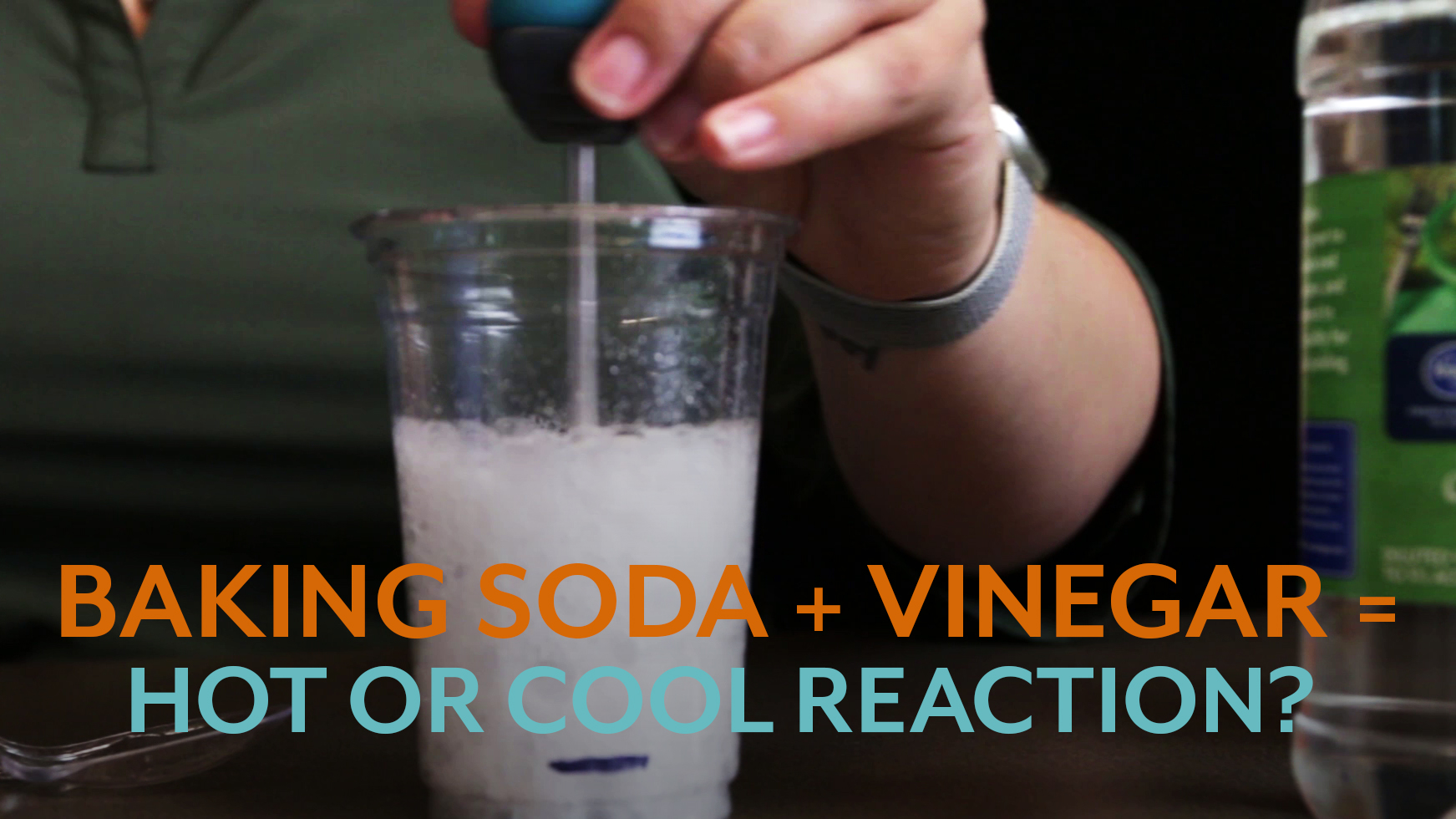



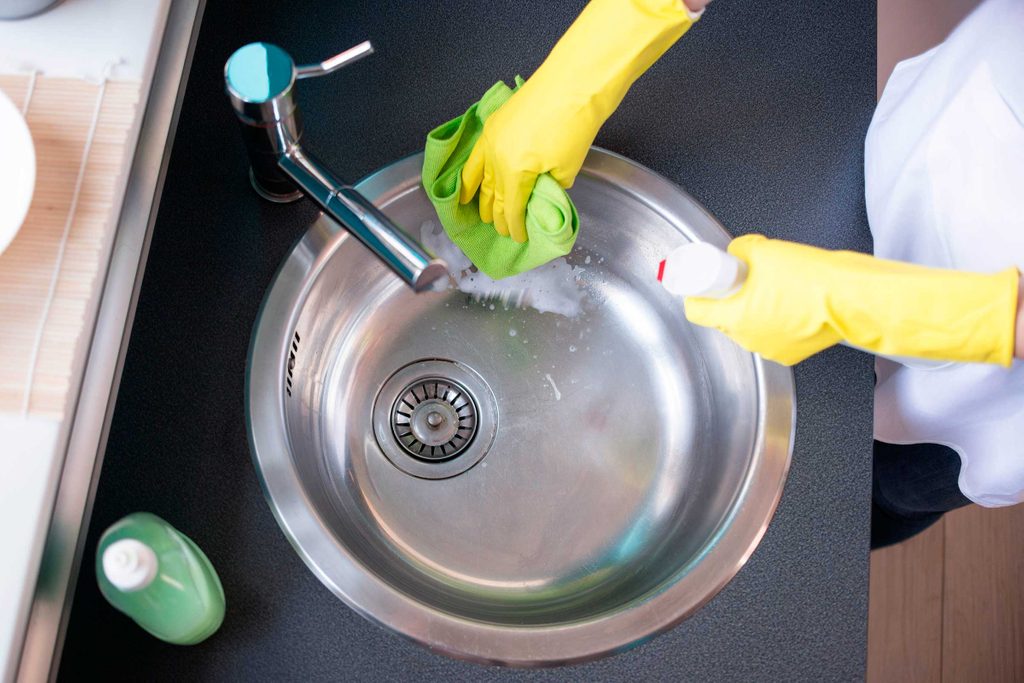






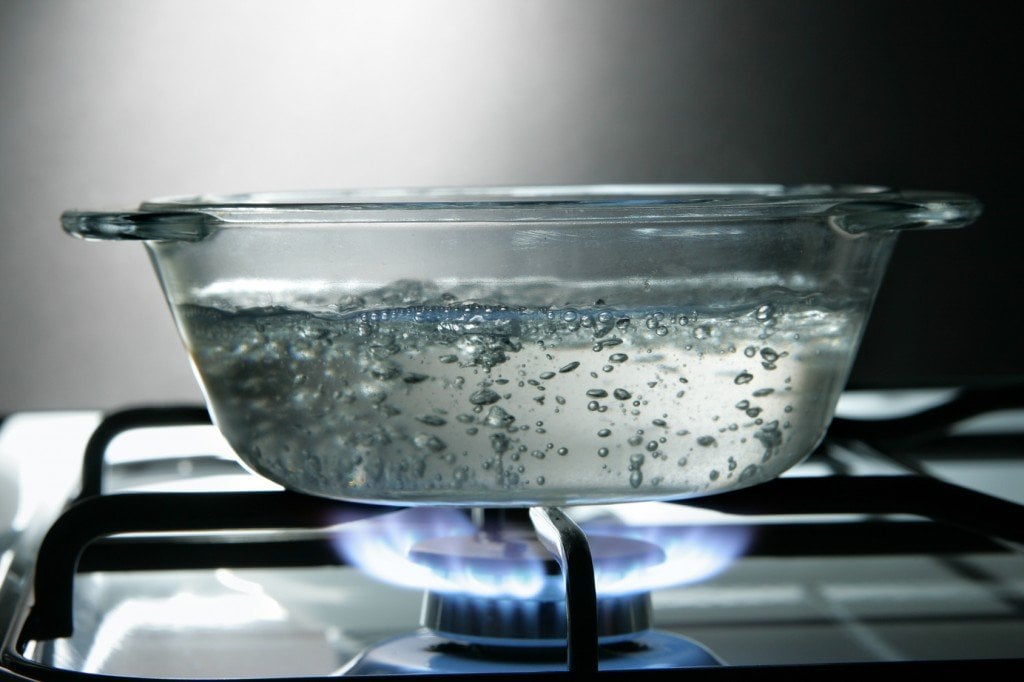
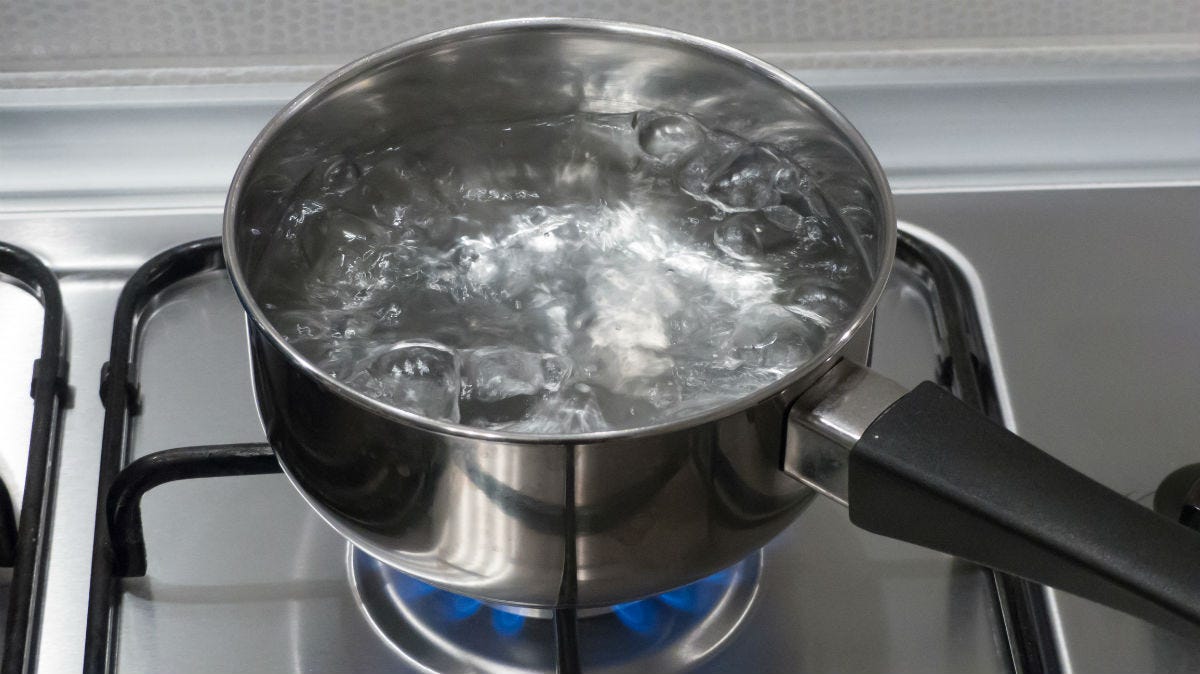


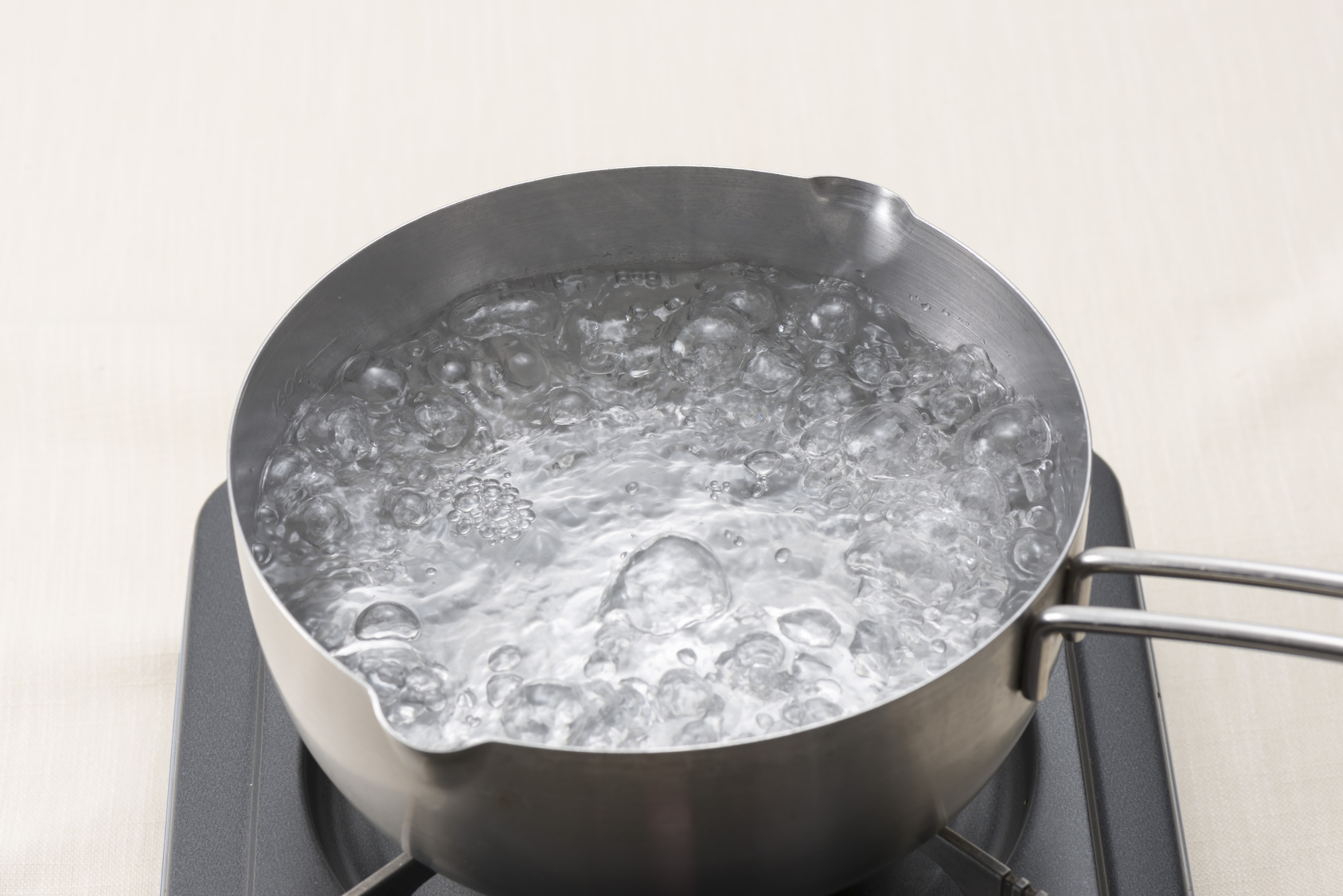
/boiling-water-on-gas-stove-143735234-5790aeb35f9b584d2005e949.jpg)
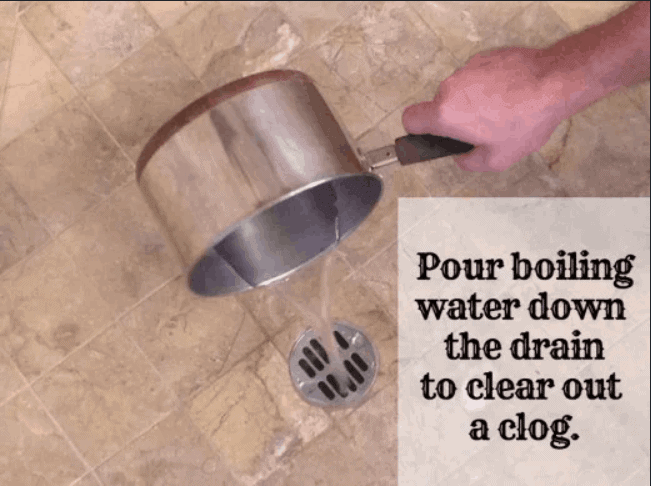

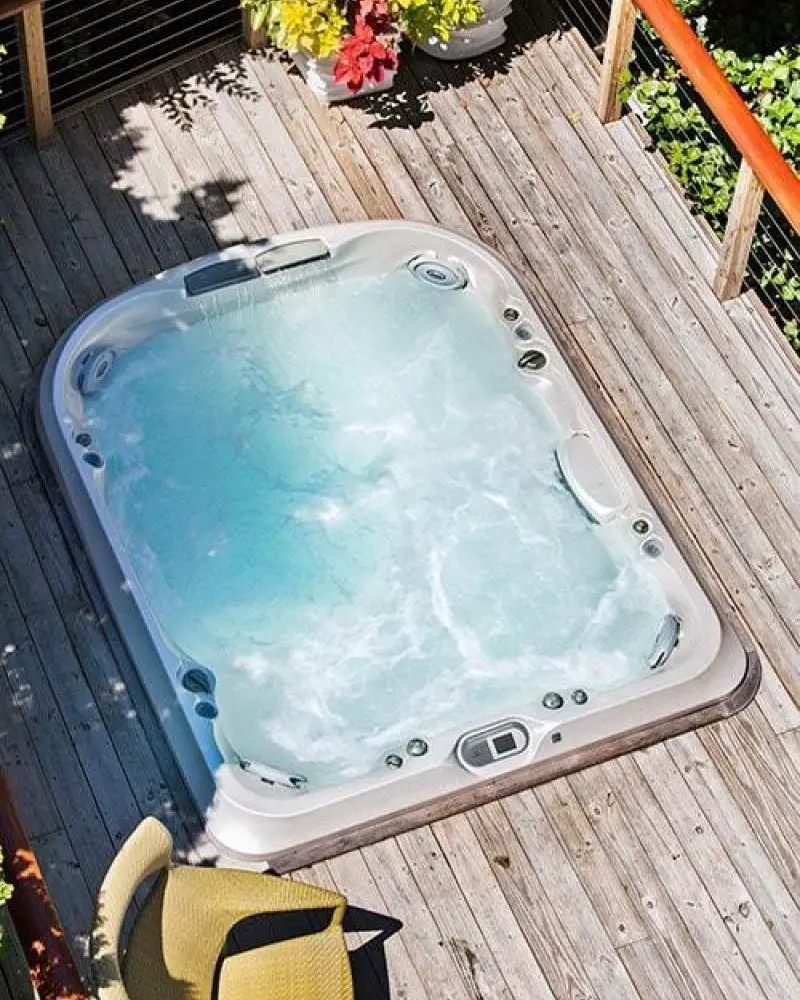



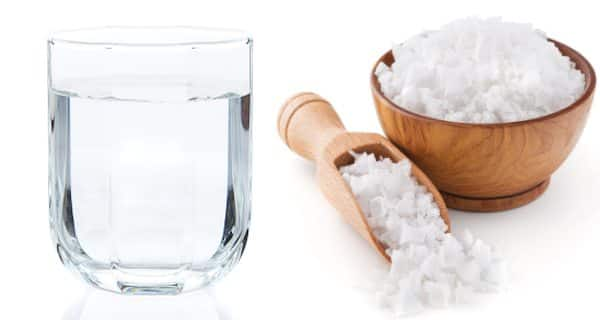
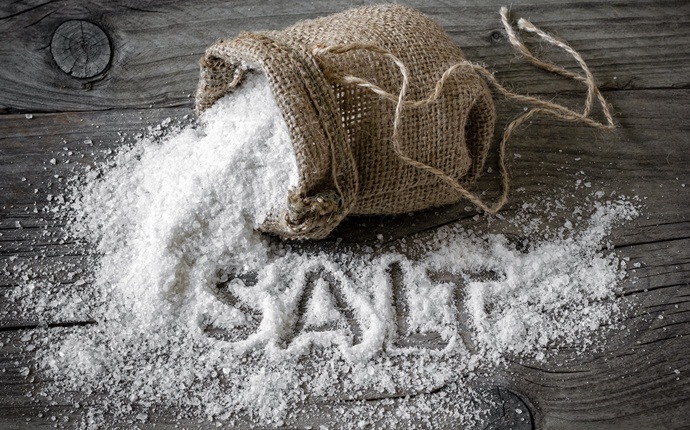
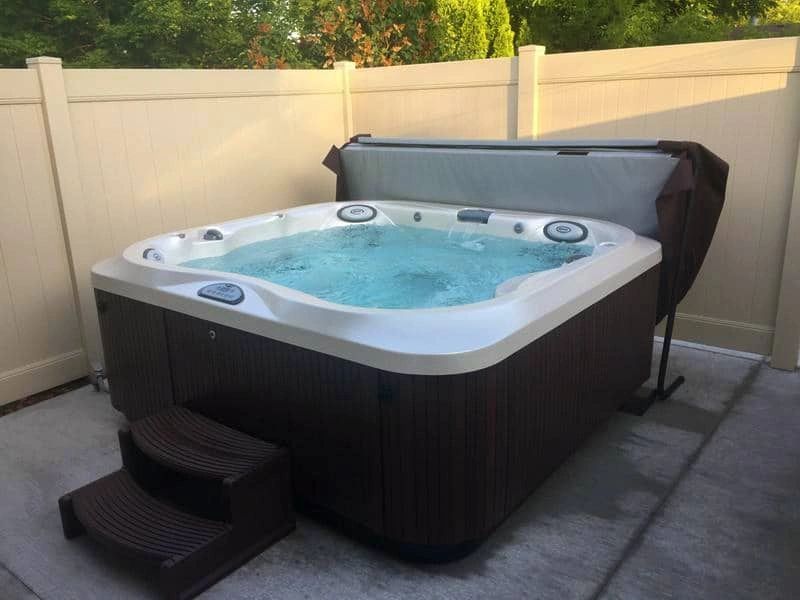


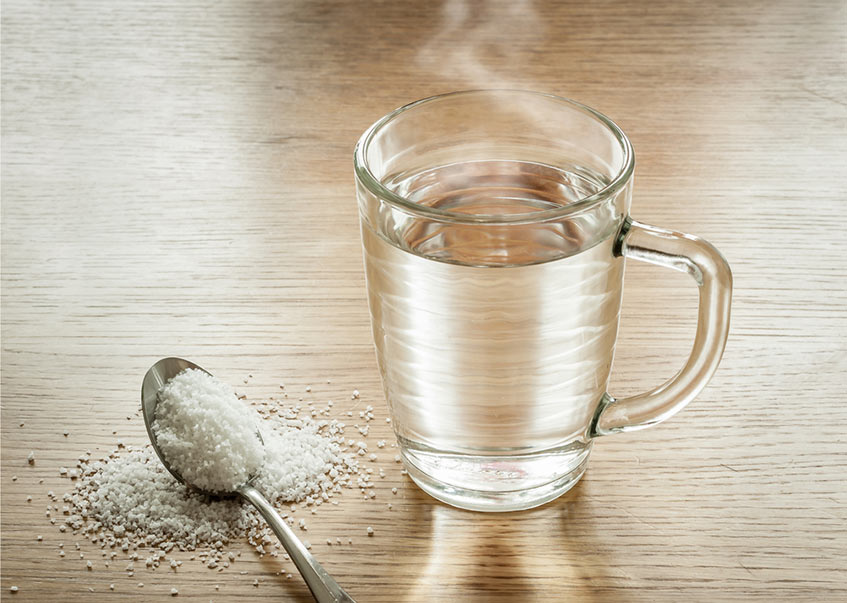





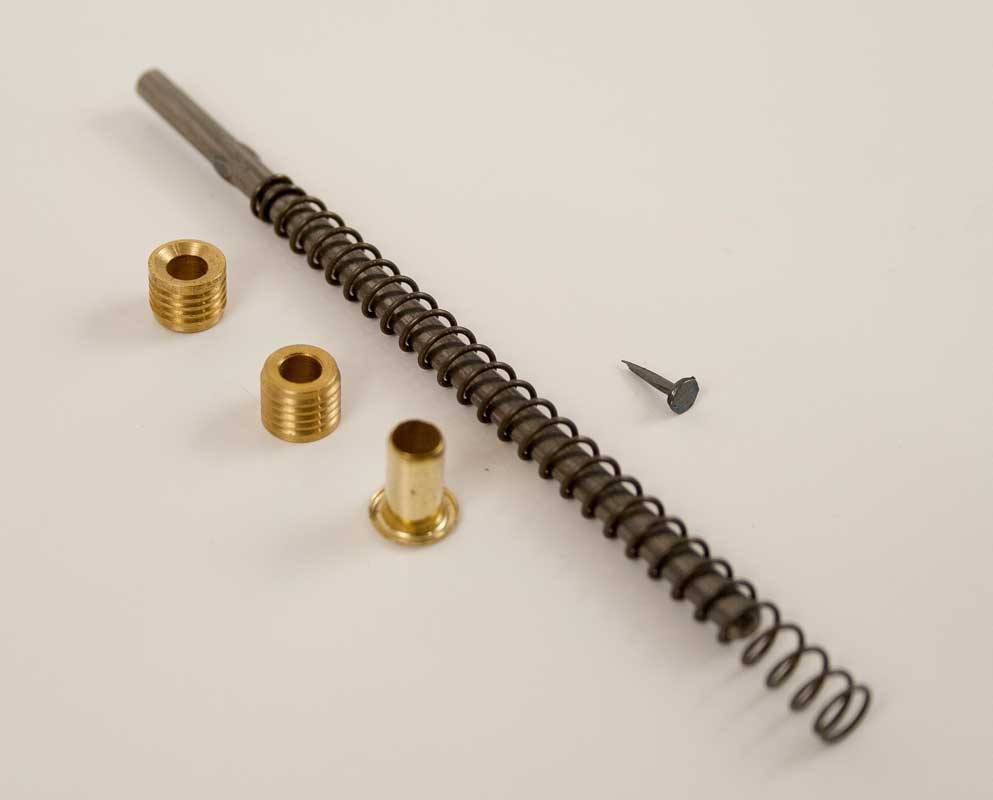


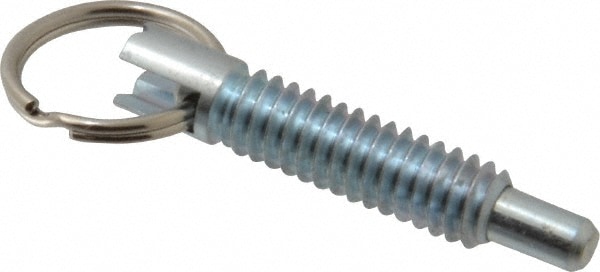


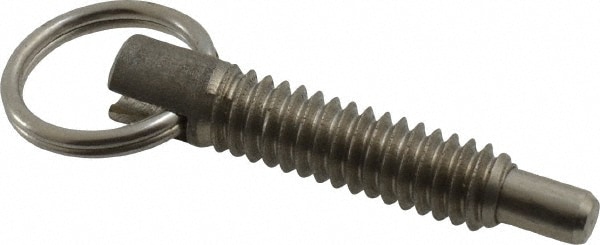
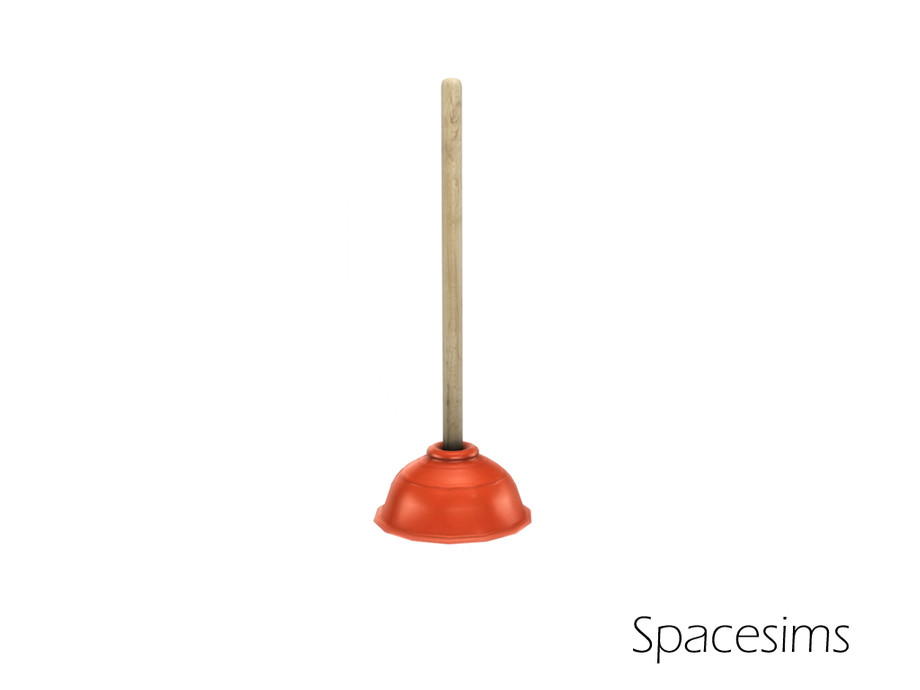


/GettyImages-80566571-5a1ca234aad52b00373338ff.jpg)
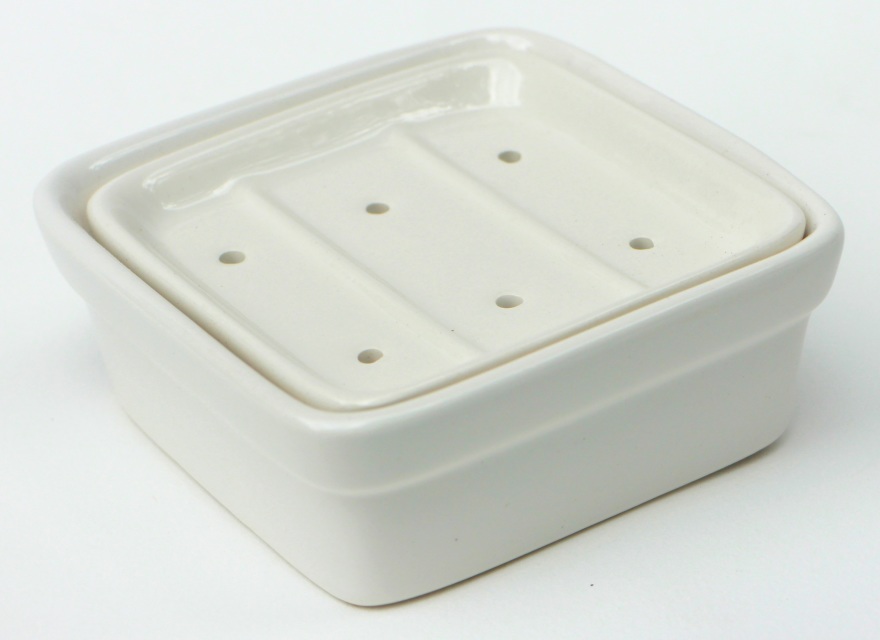

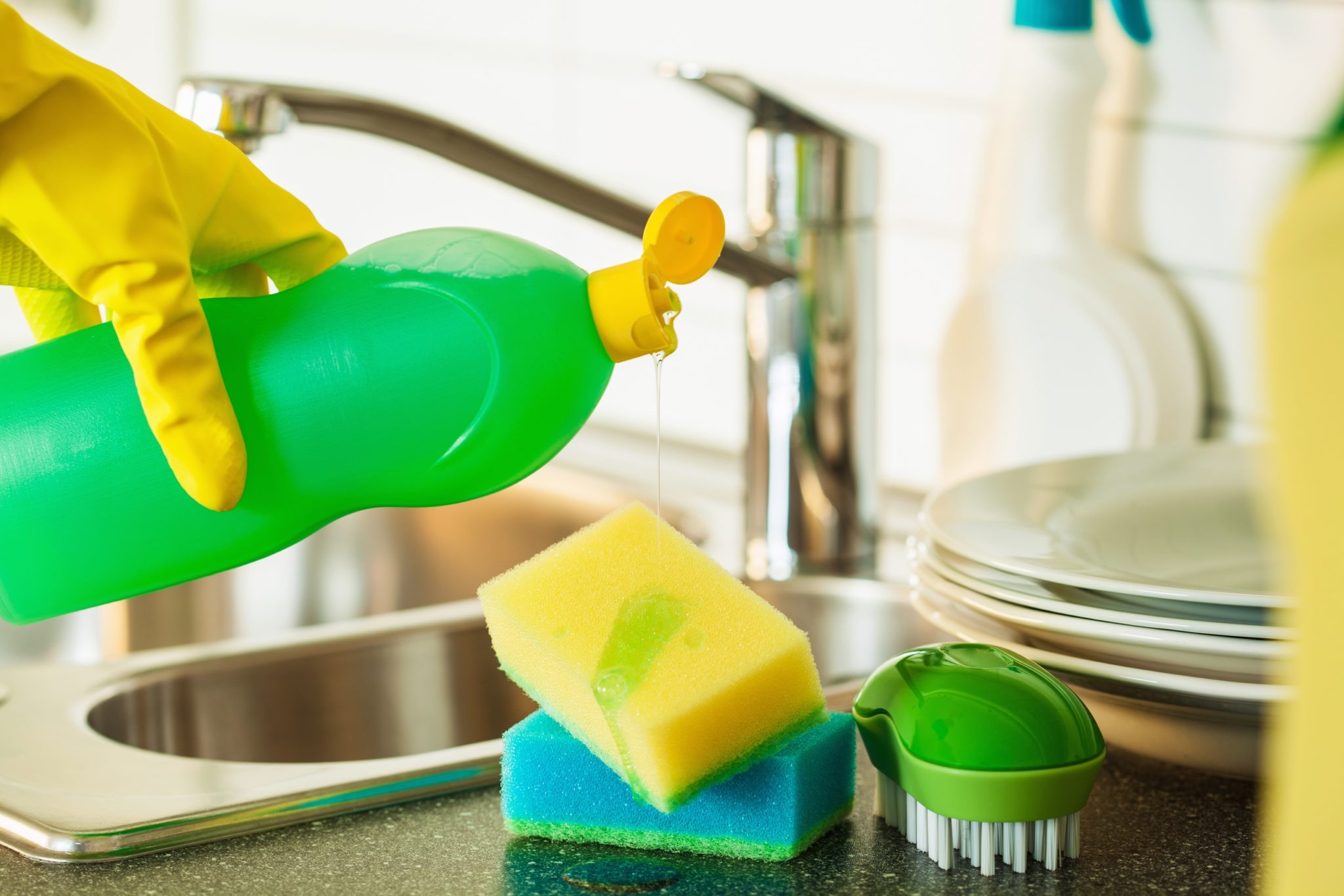
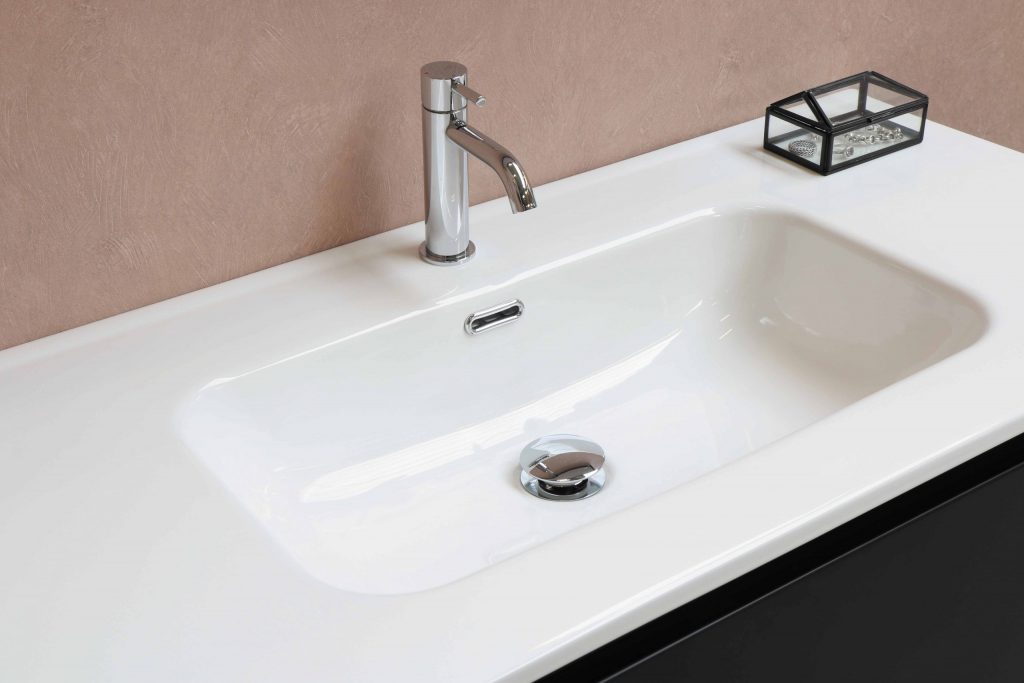
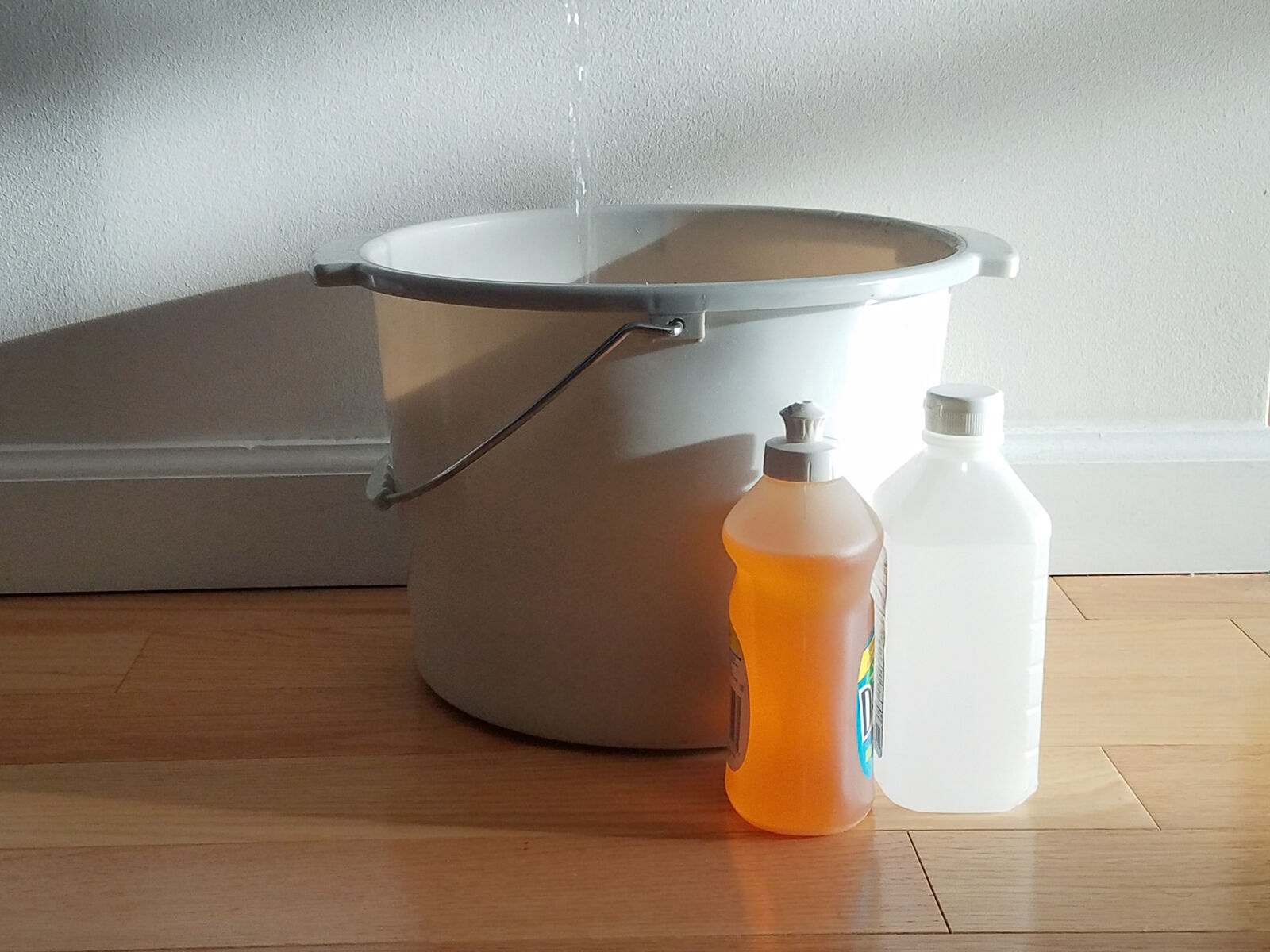
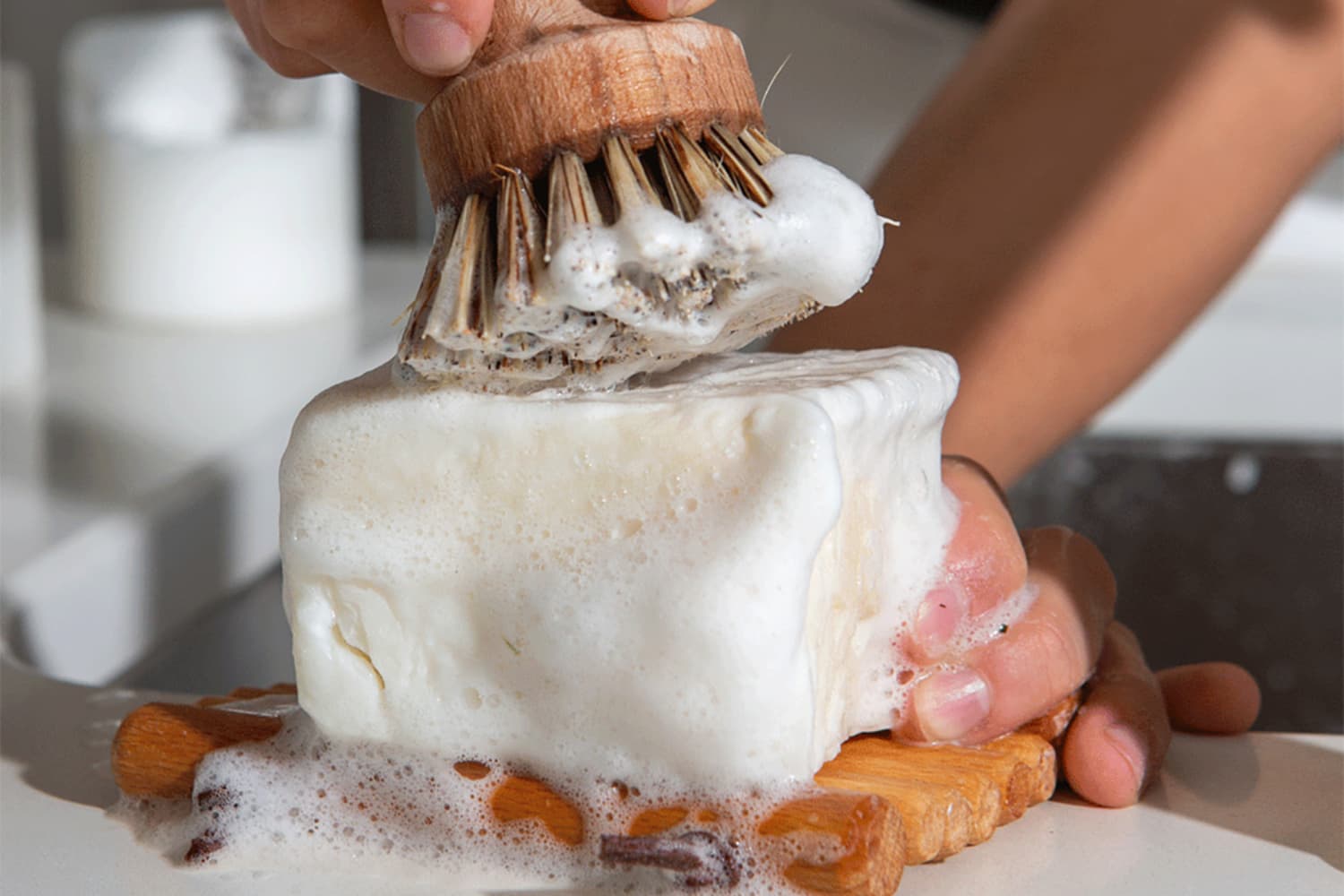




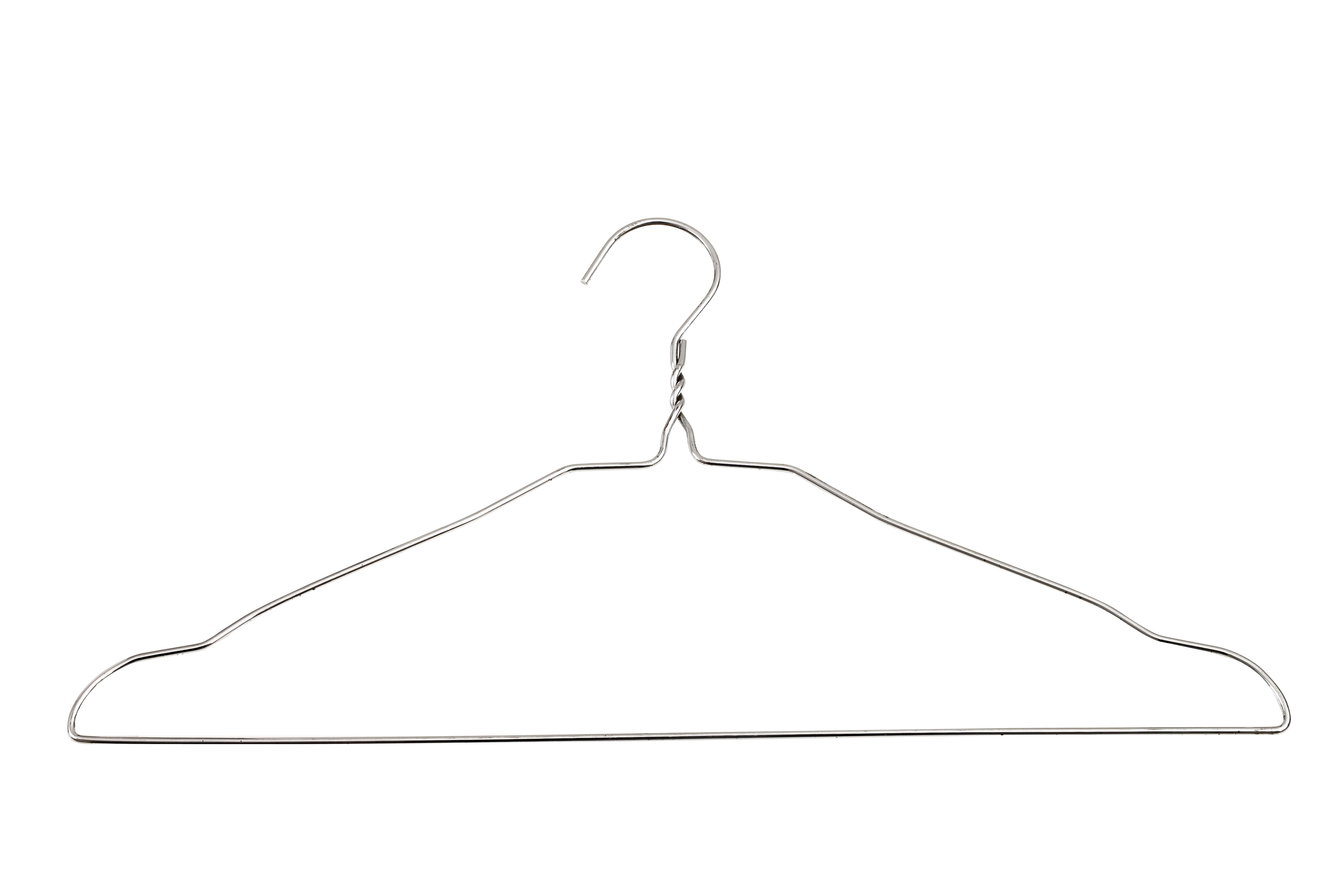
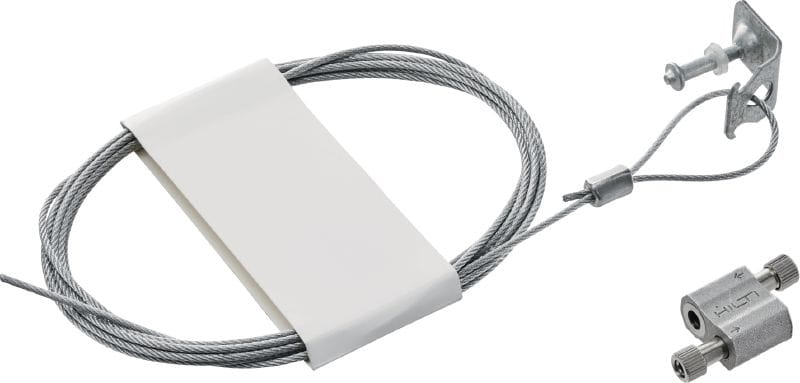








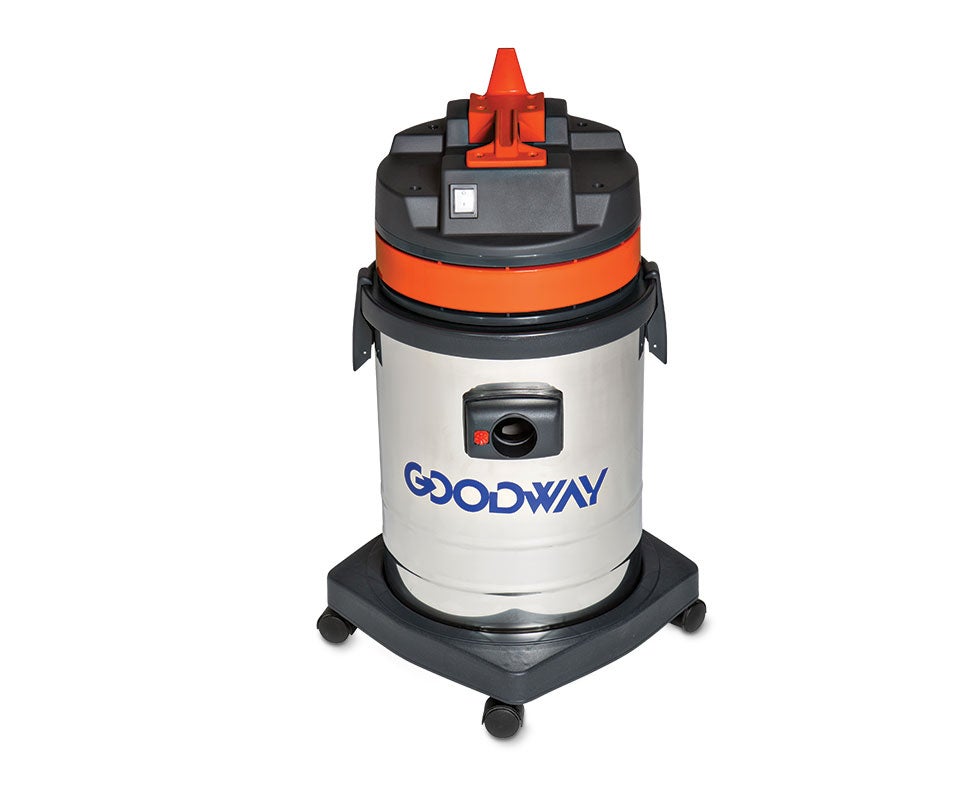

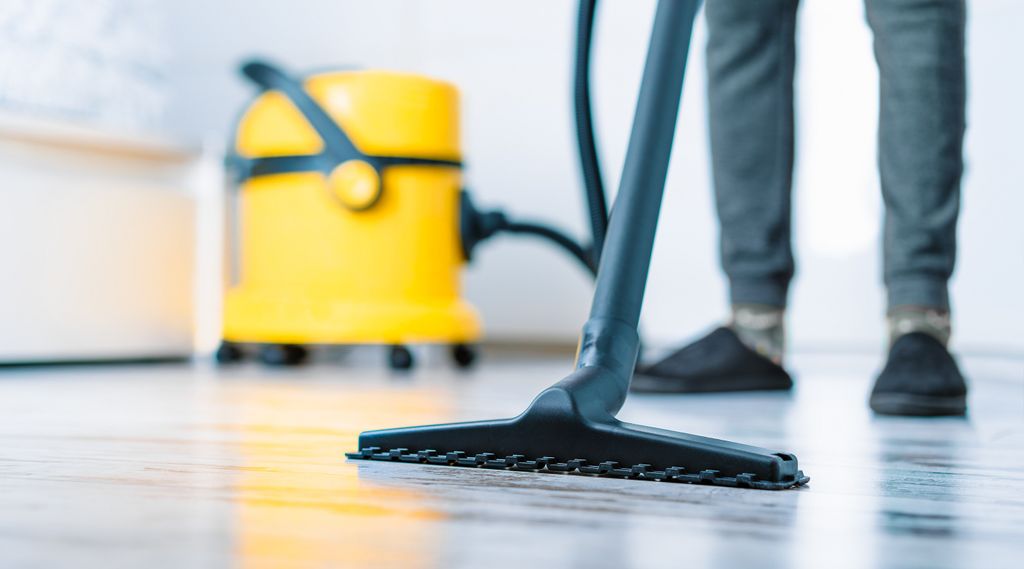



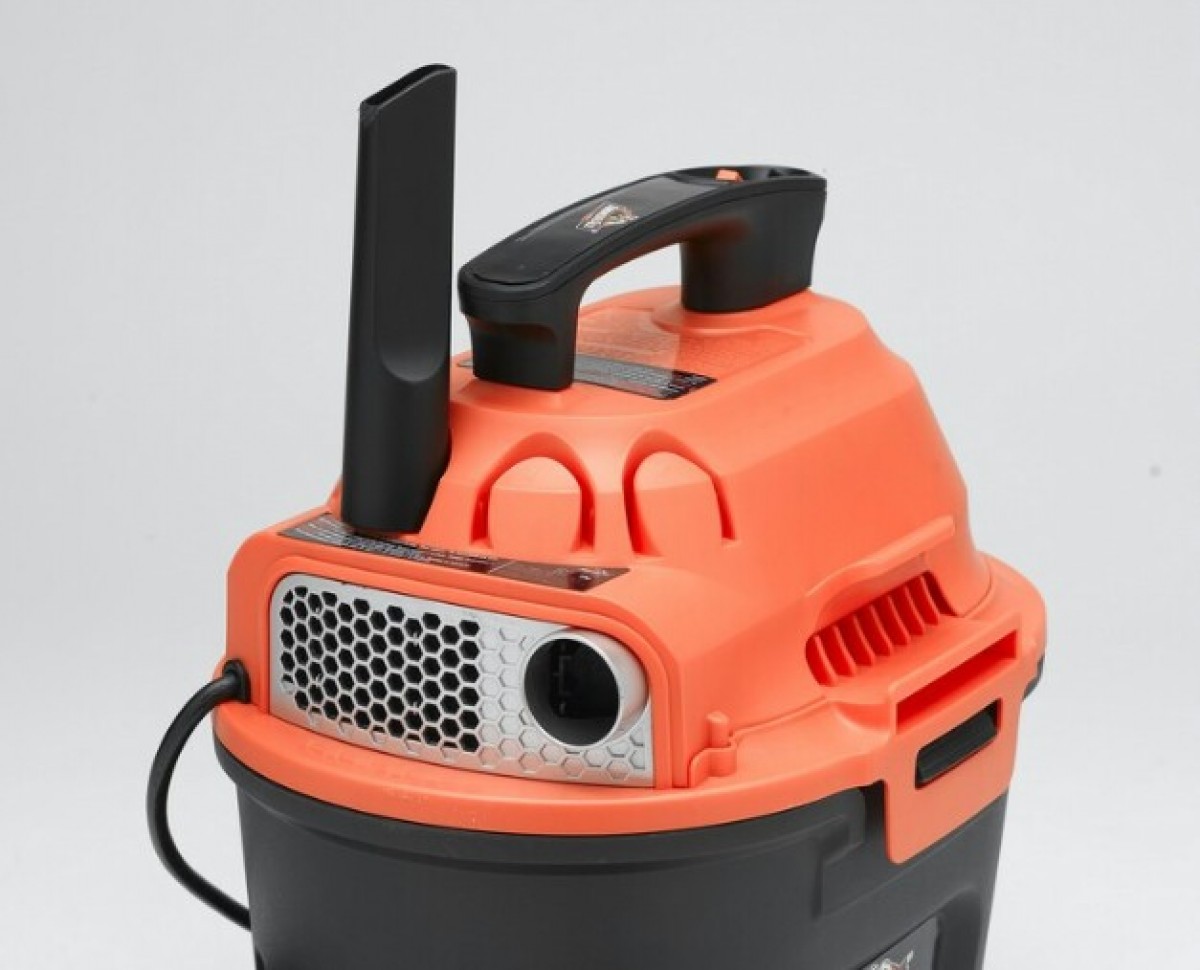


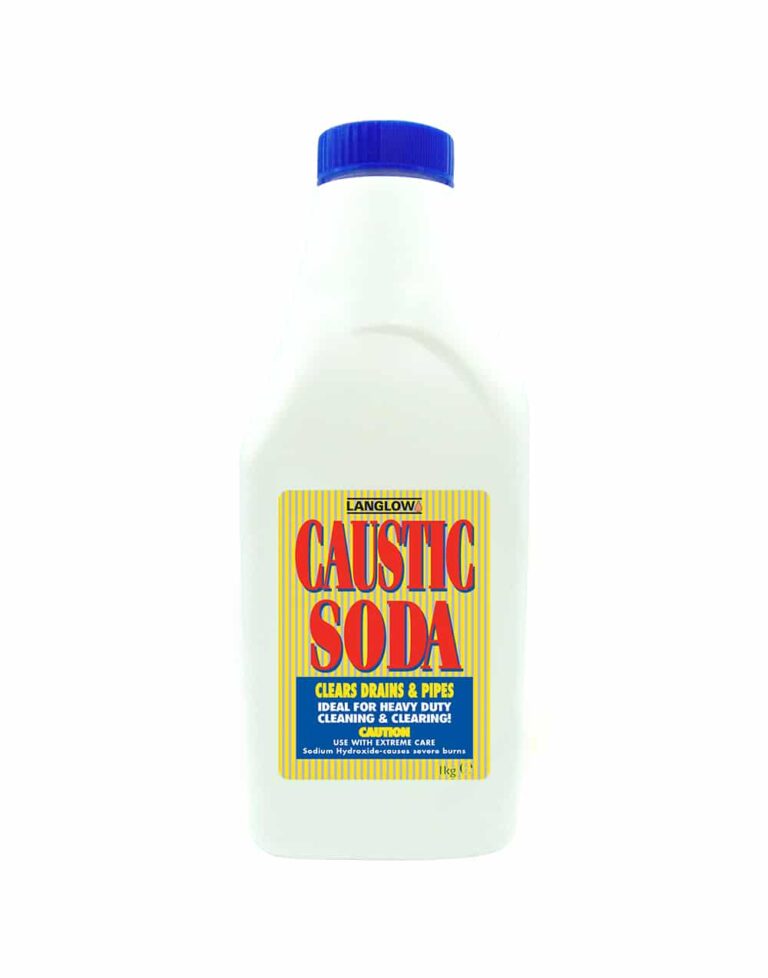



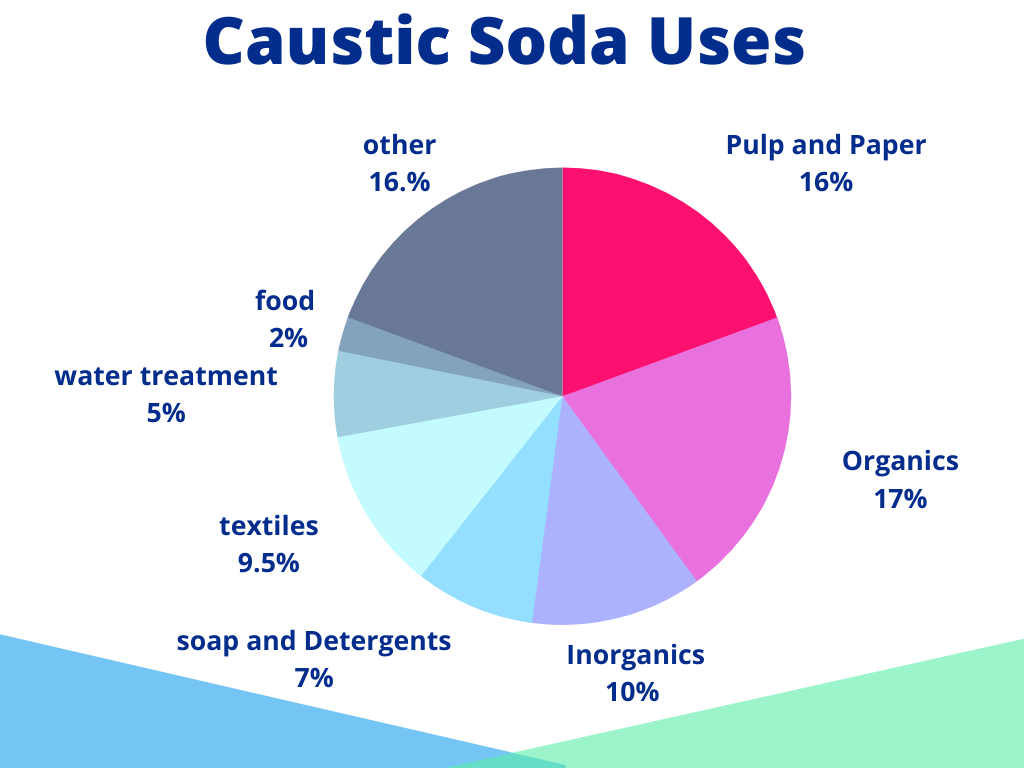
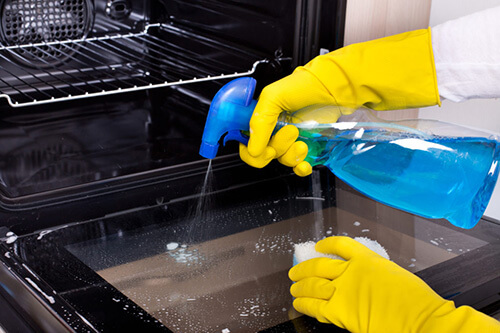







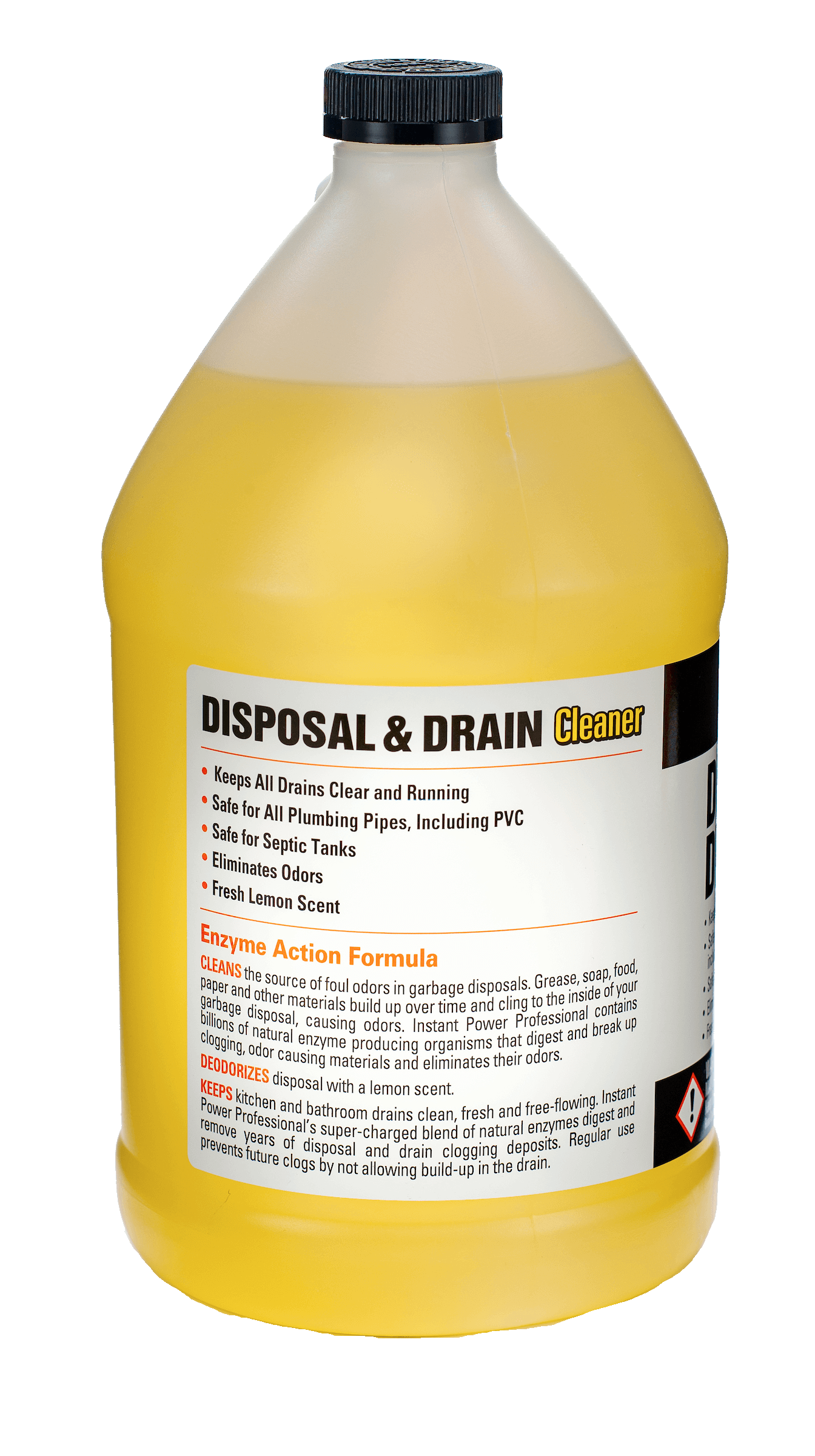


/GreenGobblerRefresh32oz-5bc63b0d4cedfd00266e4611.jpg)




